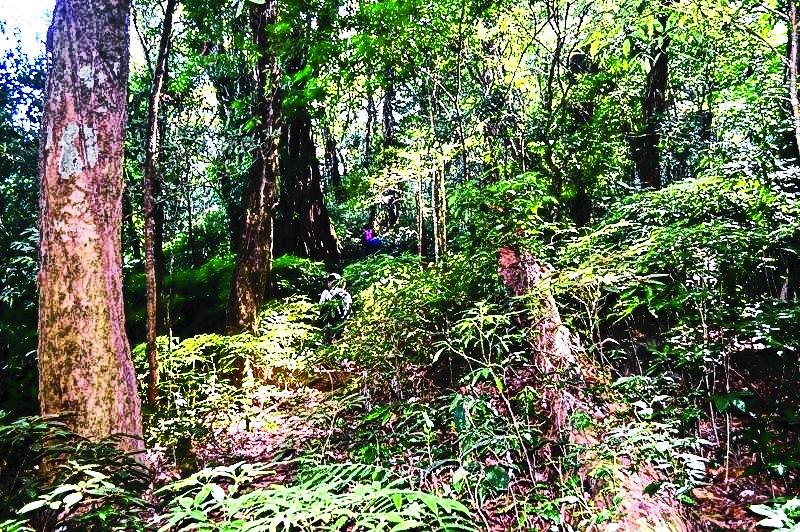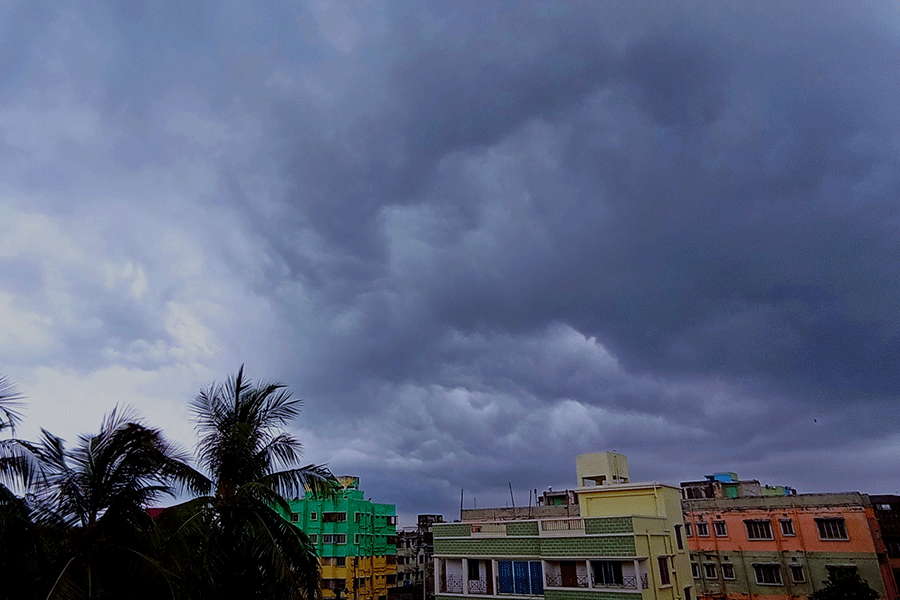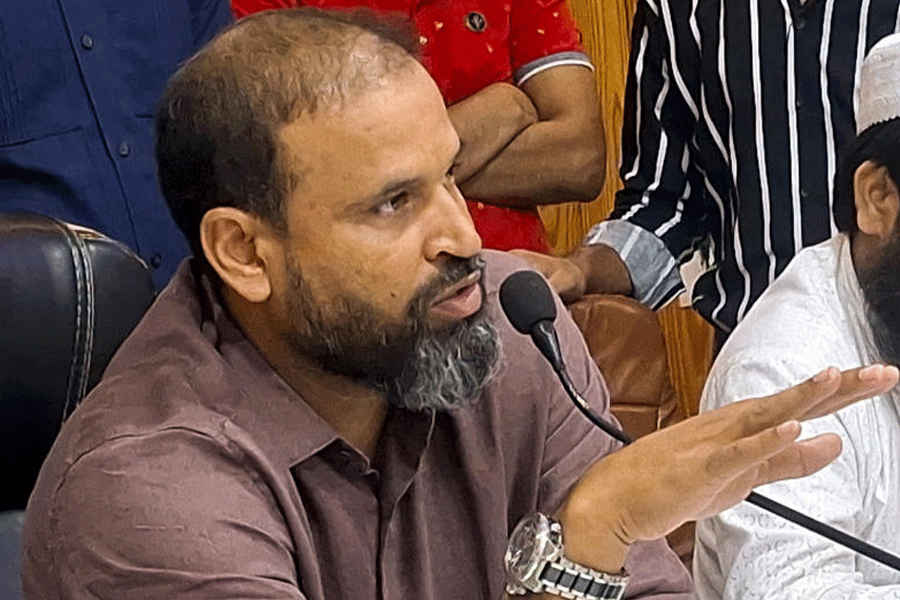
Tura, March 5: Nokrek National Park in Meghalaya's West Garo Hills district, covering a total area of 47.48 square km, has witnessed a spurt in tourist inflow.
The park and its adjoining villages that have tourism potential, were earlier no-go areas as militants made the region their favourite hideout.
Fear of insurgency forced forest and environment officials remain off-duty along the national park, known globally for its citrus genepool ( Citrus indica).
The park is known for memang narang which is considered the mother of germplasm for Citrus indica.
According to experts, there are more than 23 varieties of citrus fruits in the biosphere reserve area of the park. In 2015, memang narang got the coveted Geographical Indications (GI) tag.
In 2013, the Garo National Liberation Army (GNLA) killed the village chief of Daribokgre. There were several incidents of abductions, killings and police encounters in the villages between 2012 and 2016.
Last year, more than 130 militants surrendered before police in Garo hills.
In the last six months, there is a lull in insurgent activities which has triggered flow of tourists. Locals say since January this year, many tourists have visited the park.
Govin Marak, who runs a homestay at Daribokgre, said: "Over 1,000 domestic tourists and 30 foreign tourists have visited the park this year. Many of them stayed in my homestay." He is encouraging villagers to start homestays.
Marak said because of lack of accommodation, many visitors leave early.
Nokrek is an ideal destination for trekkers too. It also offers visitors an opportunity to catch a glimpse of exotic animals and plant species besides myriad species of birds.
Last week, East Garo Hills deputy commissioner Hubert Marak and members of A'chik Tourism Society visited the park and its adjoining areas to create awareness among tourists on the dos and don'ts in the park. Marak urged the villagers to create a tourist-friendly ambience.
He also encouraged them to set up small ventures to provide food and accommodation for the visitors and thereby earn a sustained income. He asked villagers to continue and expand farming of oranges and cardamoms besides other fruit-bearing plants.
Marak, however, cautioned the villagers on jhum cultivation and its ecological impact. A vast area around the park is cleared every year for jhum, this year being no exception. He suggested that villagers should find an alternative to jhum cultivation and earn their livelihood by promoting tourism.
The Society has ventured to empower the villagers to woo tourists by setting up stalls and huts with naturally-available resources.
Tura Adventure Club, an NGO, has taken an initiative for a project to renovate Daribok rural resort with assistance from MPLAD funds.
"The re-creation of nok a'chik (traditional hut) and nok pante (bachelor's dormitory) would go a long way in showcasing the lifestyle of our forefathers," the Club's vice-president, Rocky Sangma, said.
The Club helps the village chief of Daribokgre to select sites for camping with their own funds and collecting money from like-minded individuals. He has also supported a group to open a fast food court.
Sangma said: "The very fact that this area is unpolluted has raised hopes that we can keep it this way through eco-tourism."
Declared a national park in 1986, Nokrek was listed by Unesco in its list of biosphere reserve in 2009.
The park is inhabited by red-pandas, Asian elephants, tigers, marbled cats, stump-tailed macaques, hoolock gibbons, capped langurs, clouded leopards, leopard cats, golden cats, pangolins, wild buffaloes, pythons, pig-tailed macaques and seven other species of primates.
Most rivers and streams originate from the Nokrek range, including the Simsang - the longest river of Garo hills that enters Bangladesh at Baghmara in the South Garo Hills.










